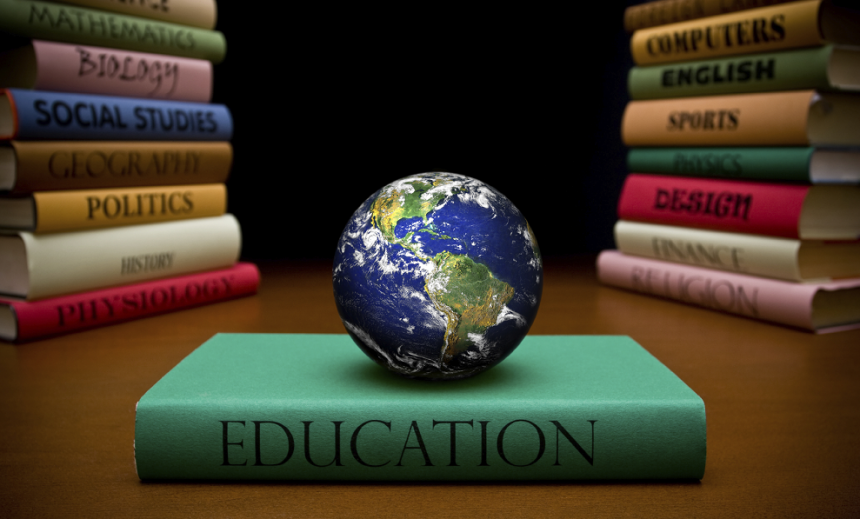PART-II
Why Do some Move to Music and Not to Noise?
Music possesses a rhythm, harmony, and structure that resonate deeply with the human soul. It speaks a universal language that transcends cultural and linguistic barriers. When we hear music, its patterns stimulate not just our auditory senses but also our emotional and motor systems. Neuroscience suggests that rhythmic sounds synchronize with our brainwaves and motor functions, creating a natural urge to move. This is why a melody compels us to dance, while noise, lacking rhythm and harmony, often irritates or unsettles us.
Philosophically, music represents order and beauty, a manifestation of universal patterns. As Friedrich Nietzsche stated, “Without music, life would be a mistake.” Music aligns us with the universe’s intrinsic rhythms, evoking joy and movement, while noise—chaotic and discordant—disconnects us from that harmony.
Just as music invokes the power to move hearts and parts of the body, pedagogy should invoke the power to draw out the dormant knowledge signatures to awaken minds and stir meaningful action. A teacher’s role is akin to that of a composer or conductor, orchestrating the learning process in a way that resonates with the individual rhythms of each student, allowing them to dance in their thoughts and reach their highest potential. From this point, the student becomes creative, enriched with wisdom. Noise in education—monotonous lectures, rigid structures, or uninspired instruction—fails to engage the learner. However, when teaching or pedagogy is infused with purpose, creativity, and relevance, it harmonizes with the learner’s intrinsic potential, drawing out their “hidden divine factors” of knowledge at their best potential.
Many great individuals owe their achievements to moments of “harmonious stimulation,” either inside or outside traditional schooling. Albert Einstein, for instance, was inspired by a compass his father gave him, igniting his lifelong curiosity about the mysteries of the universe. Though his formal schooling was uninspiring at times, the right external stimulation unlocked his divine potential, benefitting the entire world.
Similarly, Mahatma Gandhi found his life’s direction through his exposure to stories of courage and justice. These stories, facilitated by his teachers and environment, resonated with his inner values and motivated him to transform society. Had Mahatma Gandhi’s teachers not facilitated his exposure to stories of courage and justice, his dormant seeds of knowledge might never have surfaced, and he may not have become the Father of our Nation.
These examples illustrate that the teacher’s role is not to impose knowledge but to create an environment that stimulates the learner’s unique genius. As Maria Montessori emphasized, “The greatest sign of success for a teacher… is to be able to say, ‘The children are now working as if I did not exist.’”
Curriculum as a Compass, Not a Cage
The curriculum is often viewed as a rigid structure, but in the context of dormant or divine factors, it becomes a compass that provides direction rather than a cage that limits exploration. The curriculum must be viewed as flexible, adaptive, and aligned with the unique needs and potentials of each learner. Jean-Jacques Rousseau in Émile argued for an education that aligns with the natural development of the child: “We are born weak, we need strength; we are born totally unprovided, we need aid; we are born stupid, we need judgment.”
The Intersection of Divine and Secular Knowledge
Education is the bridge between the divine and the secular. It is a journey that connects the finite with the infinite, the mundane with the sublime. The 13th-century Persian poet Rumi aptly said: “You were born with wings, why prefer to crawl through life?” Education is the process of teaching students to use their wings, to ascend beyond the limitations of mere earthly existence.
The Indian philosopher Swami Vivekananda emphasized that education is the manifestation of the perfection already within an individual. He stated: “Education is the manifestation of the perfection already in man.” This aligns with the idea that divine factors are intrinsic and that the role of education is to make the learner self-aware of these hidden treasures to reach the zenith.
What surprises many is the realization that knowledge is not external to us; it is an intrinsic gift, akin to a divine endowment. This aligns with Socrates’ concept of anamnesis, the belief that learning is a process of recollection, suggesting that the soul already knows the truth and the teacher merely facilitates its remembrance.
A New Definition of Education
Based on the interplay between education and divine factors, we propose the following definition, “Education is the sacred art of awakening the divine potential within each person, guided by the teacher’s wisdom and illuminated by the curriculum’s purpose to achieve self-harmony and higher understanding.”
Resonating with Divine Frequencies and Revealing the Hidden Potential of Education
Imagine, for a moment, the invisible waves that flow through everything around us, from the gentle buzz of a bee’s wings to the vibrations of distant stars. Just as a tuning fork resonates when struck, the human mind also responds to the knowledge it absorbs, aligning with the deeper patterns of the universe through these vibrations. Education, therefore, is not just about learning facts but about tuning our minds to these higher frequencies through resonance, helping us tap into the unseen realms that fuel discovery and creativity.
Take Nikola Tesla, for example. His brilliance came not only from reading books but from his deep connection to the natural world and the invisible vibrations or frequencies that shape it. Tesla harmonized with the rhythm of electricity itself, turning abstract knowledge into groundbreaking inventions. Similarly, the same frequencies that guide the universe are present in our daily lives — from how we connect with others to how we solve problems and innovate. When we see education as a way to harmonize with these divine frequencies, we unlock our potential through resonance and contribute to a greater body of knowledge. Just like a ripple in a pond, every new idea and discovery made by an educated mind sends waves of change into the world. And teachers, by recognizing these hidden frequencies within students, have the power to stimulate and nurture them, helping students grow into individuals who can shape and elevate humanity.
Conclusion
Education is not just a process to achieve something greater; it is the greatness itself, unfolding within by using proper stimulus from outside. So, it is the journey of transforming latent potential into actualized greatness. Every learner is a universe unto themselves, with unique fingerprints of divine knowledge imprinted within. Teachers, as divine guides, must use their wisdom to draw out this hidden potential, ensuring that education fulfils its highest purpose: not to create conformity but to celebrate individuality.
As the philosopher Confucius wisely said: “Education breeds confidence. Confidence breeds hope. Hope breeds peace.” In awakening the divine factors within each individual, education becomes the ultimate pathway to enlightenment, harmony, and a better world.
(Concluded…)
(The Author is Sr. Academic officer (Physics), Department of Education in Science & Mathematics, State Council of Educational Research Training (SCERT), Bemina, Srinagar. Email: [email protected])








